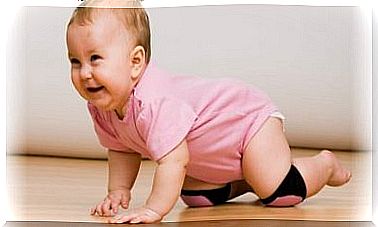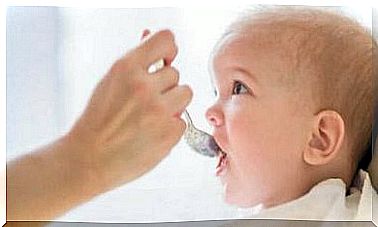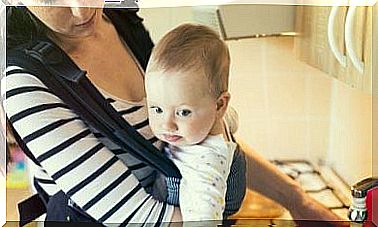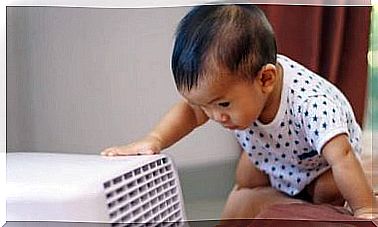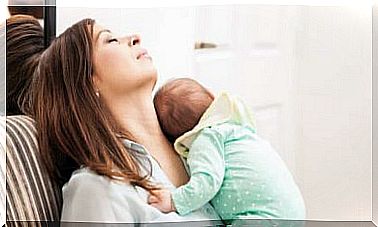Dysfunctional Families: How Children Survive Them
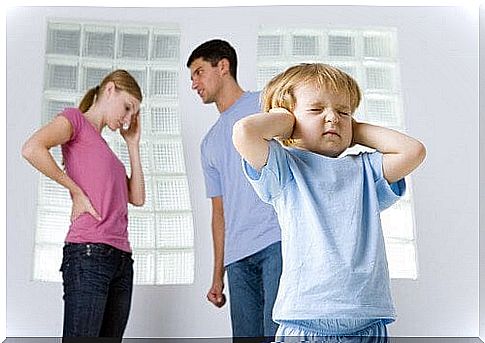
Have you ever wondered what happens to children who are part of a dysfunctional family structure? How do they survive dysfunctional families and how do they move forward? Here we tell you what the reality of these little ones looks like.
Dysfunctional families are units in which one or more of its members does not provide the level of care, protection, and education that the rest of the group needs.
There can be several causes for a dysfunctional family structure.
These families usually do not have the basic psychological resources necessary to enable them to live together.
The relatives therefore encounter numerous obstacles related to their emotional and psychological development.
Dysfunctional families: characteristics
The characteristics of dysfunction are closely related to the problems they cause, and we can divide them into the following groups:
- Excessive addiction. Family members create bonding relationships that hinder their personal development. This limits their growth.
- Lack of belonging. In families where members have little emotional connectedness, those members can develop a sense of loneliness. Furthermore, it is possible that they do not feel that they belong to the group.
- Lack of rules and limits. An imbalance of power can arise within the family unit. This in turn creates insecurities, dominance and submission.
- Reverse hierarchies of power. Parents live according to their children’s will. The latter often become petty tyrants.

- Serious communication problems. Communication between members is poor or nonexistent. This lack of communication can cause problems for family members who have to do with living together and with other people.
- Roles and behavior patterns that are too rigid. In conflict resolution there is no room for negotiation or alternatives. Regardless of the situation, the family must adhere to the established rules.
- Lack of empathy. Family members have difficulty putting themselves in other people’s shoes and understanding other people’s emotions and feelings.
- High emotional manipulation. Feelings of guilt, humiliation, or blackmail occur all the time in these family contexts.
Dysfunctional Families: Consequences
When a child grows up in a dysfunctional family environment, they may take on a specific role in helping them get through the disrupted family structure and deal with the situation.
The problem, however, is that this role often extends beyond the family context. So it often transitions into other aspects of the child’s life.
Some of the most common roles for children in these situations are:
- “Punching bag”. The guilt that the child bears leads to this role. The child assumes that it is always the victim of the “beatings”. Because it was always blamed for family problems.
- “Rebel”. The child rejects authority because there is no positive authority figure in their life.
- “Guardian”. These children had to take responsibility from childhood. They had to solve family problems or act as mediators in conflicts between their parents.
- “Bully”. These are children who have never been shown rules or boundaries. You always get exactly what you want. As a rule, they have an overprotective father figure and thus end up at the top of the family.
- “Invisible”. Overly shy and calm children. You haven’t been given sufficient emotional care. This causes them to suppress their feelings. Because they believe that they don’t deserve any attention and are not worth loving.
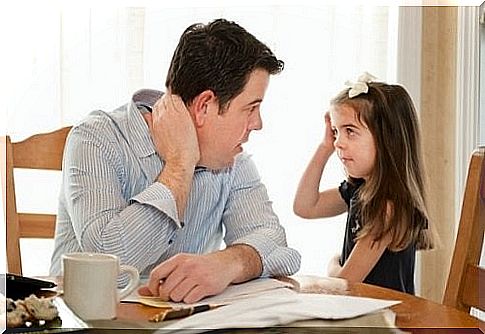
Resilience versus dysfunctional families
Resilience is the ability to overcome difficulties and adverse circumstances as they arise. This means working on it to overcome traumatic situations and achieve stable emotional and psychological development.
And children’s resilience is enormous. So they are able to face all kinds of adversity. Even if the family does not provide the necessary resources themselves.
But how do the children do it? It is already sufficient if you only find one person as a support base.
If at least one member of the family is in a functioning relationship with the child, the child will use that connection. It builds its personality by mimicking that person’s positive traits.
However, it is not necessary for this person to be in the family environment. In this way, children can find a bond figure, for example in school or in the wider family environment . And with this they can revise the acquired behavior patterns that hinder their growth.


